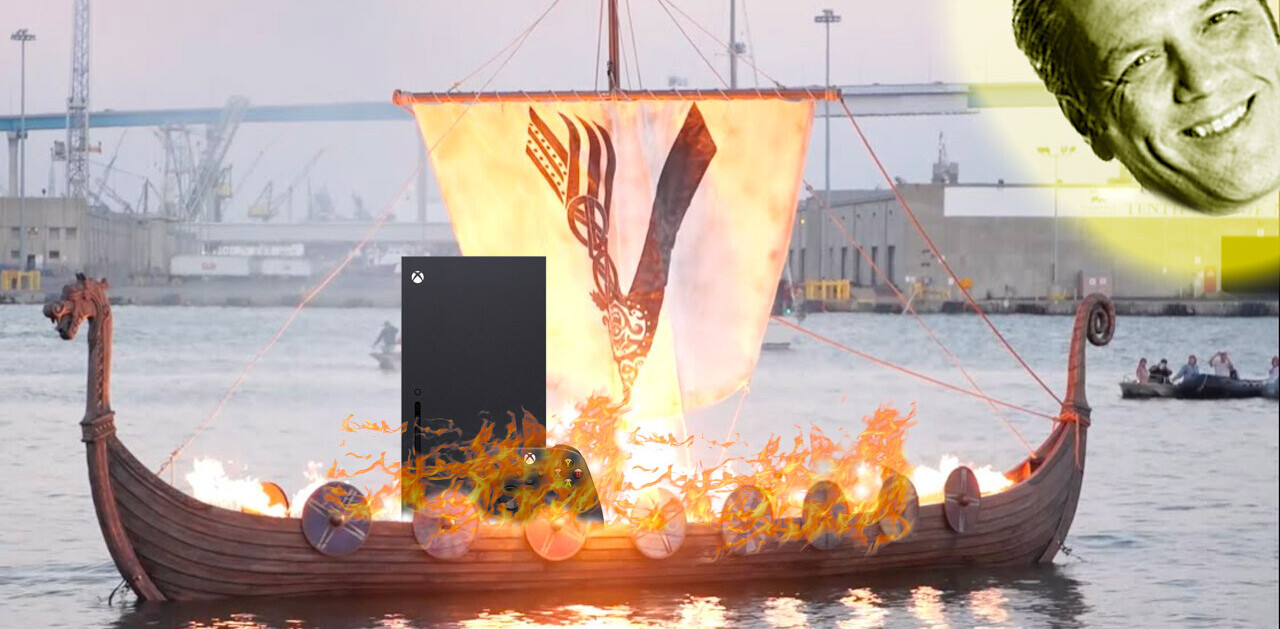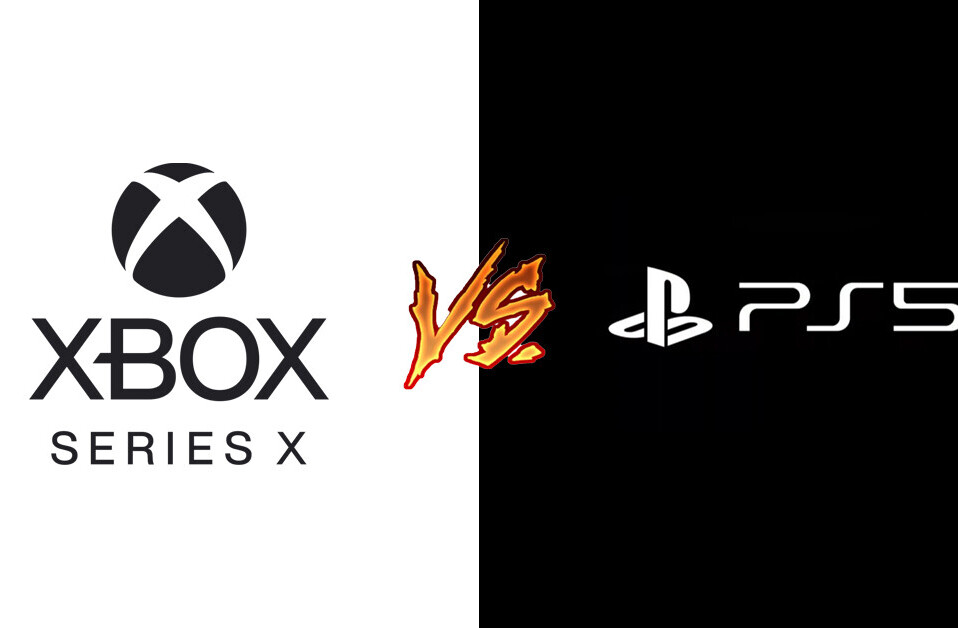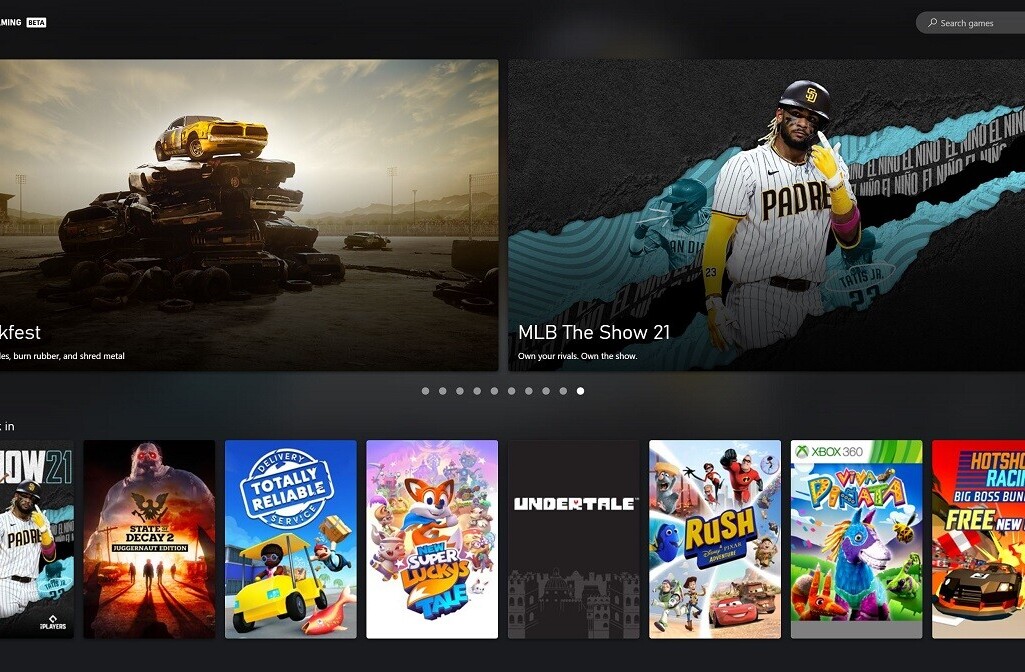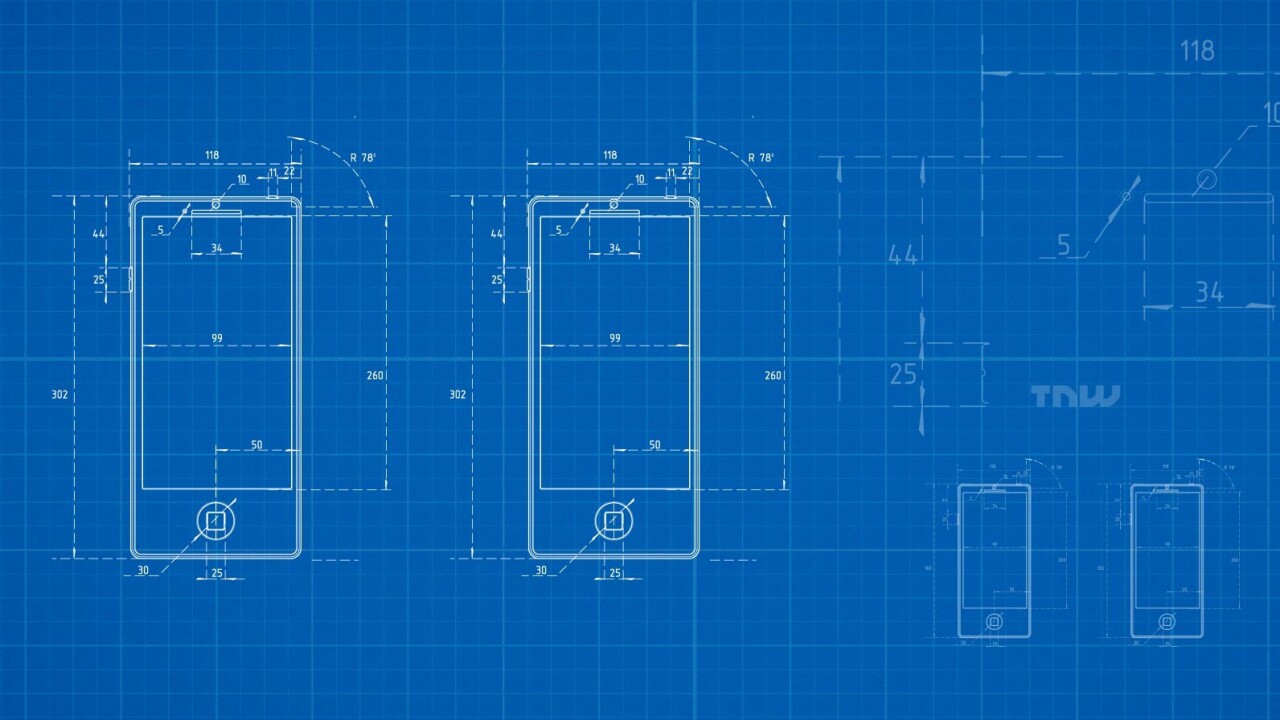
This week, the US patent office issued 6,774 patents. Each patent adds a little something new to the human knowledge base. As we cannot list all six thousand, the PatentYogi team has selected the six most interesting patents.
1. Disney makes 3D printing instantaneous
Patent number: US 20160107380

Disney’s technology circumvents the layer-by-layer approach of conventional 3D printers that has significantly limited achievable printing speeds. The 3D printer is configured with the assumption that a physical “original” of a 3D object already exists (not just a digital model of a 3D object). Therefore, the 3D printer acts as a high speed 3D copying machine because it uses an optical assembly or a set of optics that relays a volumetric real image (versus a virtual image) of the existing or target 3D object into a container holding a volume of a photo-curing liquid or resin (e.g., a photopolymer or photo-cure liquid polymer).
The light associated with the volumetric real image, which is provided by one or more light sources directing light onto the existing or target 3D object, causes a portion or volume of the photo-curing liquid to be cured in a nearly instantaneous manner to generate the entire 3D object (rather than slowly and layer-by-layer as with conventional 3D printers). The printed or produced 3D object, which is floating in or supported in the uncured liquid (e.g., a resin selected to be translucent to transparent to light and also viscous to support the in-process 3D object), can simply be lifted out of the vat/container. In several testing operations, a 3D printer using photo-curing liquids has been proven effective in generating 3D objects in several minutes or less rather than in several hours.
Similarly, light may be generated based on a 3D digital model as well to 3D print objects using 3D models.
2. Infinite projector display
Patent number: US 20160110099

The invention is capable of displaying a virtual desktop that is much larger (potentially infinite) than the actual size of the projector display. The invention uses sensors to detect position and orientation of the handheld projector in relation to a surface on which the display is projected. It then determines what part of the virtual desktop is to be displayed.
Although the actual size of the display at any given time may be small as in other existing devices, by moving the handheld projector to another area of the surface, new content is displayed there. It seems as if the entire surface is laden with content but is invisible until the handheld projector is brought over a portion. In effect, the handheld projector functions as if it’s a torch that can be shined over large invisible object, uncovering its features where the light falls.
3. The future of farm-tech
Patent number: US 9,313,946
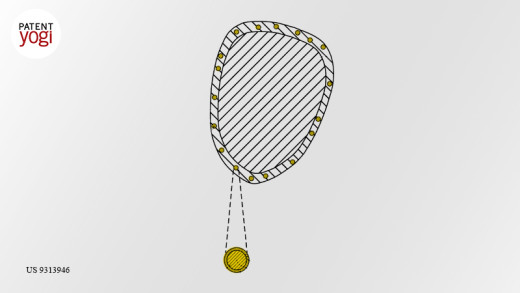
When required a controlled release is subsequently triggered after an appropriate period of dormancy by positioning a magnetic field generating device proximate the microcapsules to generate a magnetic field sufficient to rupture the microcapsule shells through magnetic stimulation of the organosilane-coated magnetic nanoparticles. The ruptured microcapsule shells release the fertilizer. The controlled release can occur at one or more selected locations within an application zone based on the positioning of the magnetic field generated by the magnetic field generating device. Hence, the farmer can control where and when the released occurs.
This technology provides multiple benefits including safer handling of materials, it is less harmful for environment and it saves money as well.
4. AI for closed captioning
Patent number: US 9,317,531
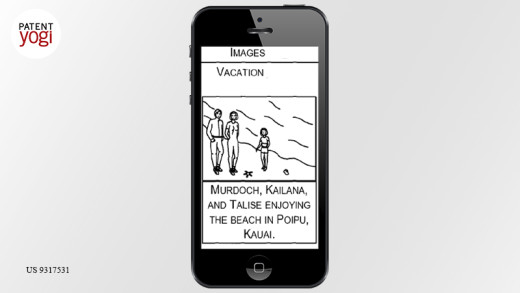
The patent reveals that the system has a set of information modules and a set of sentence generation modules. The set of information modules includes individual information modules configured to operate on an image or metadata associated with the image to produce image information. The set of sentence generation modules includes individual sentence generation modules configured to operate on the image information to produce a sentence caption for the image. A “sentence” for captioning an image can mean a sentence fragment, a complete sentence, and/or multiple sentences.
As demonstrated by many online users, the system can fail miserably. Yet it is a huge leap forward for AI driven applications.
5. Your Xbox may soon check your blood pressure
Patent number: US 20160110861
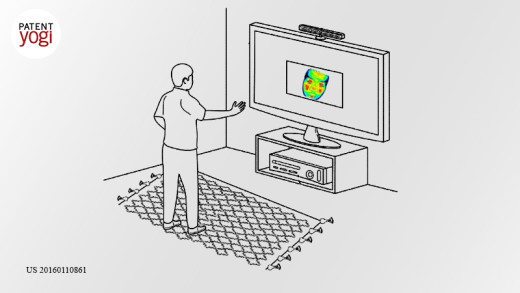
The technology has multiple applications. It can help measure a person’s heart rate, blood pressure, approximate VO2 max for individuals and even provide a measure of the True Metabolic Equivalent of Task (MET) for various activities.
Using Kinect, a remotely located doctor can access various health parameters in real time. It may help detect inflammation on the lymph nodes on the neck, or detect new moles, skin conditions and even skin cancer.
6. Boeing ends the wild goose chase for empty cabin space
Patent number: US 20160109280
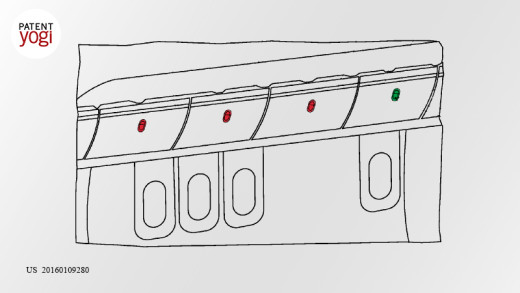
Opening each overhead cabin only to realize that it doesn’t have enough space feels like you’re on a wild goose chase.
Boeing has now alleviated this common pain of passengers by providing an empty space indication outside the overhead cabins.
The idea is similar in its simplicity and impactful utility to free parking space indicators. Load sensors and range sensors located within each cabin monitor weight of luggage present and amount of space available respectively. The sensor data is then analyzed by a processor which calculates if a overhead cabin has free space. The result of the calculation is displayed on a visual indicator located outside the overhead cabin. The visual indicator can be an LED which glows red to indicate cabin full and green to indicate availability of space. This gives a clear sign to passengers, even from a distance, as to where they can stow their baggage.
Get the TNW newsletter
Get the most important tech news in your inbox each week.
